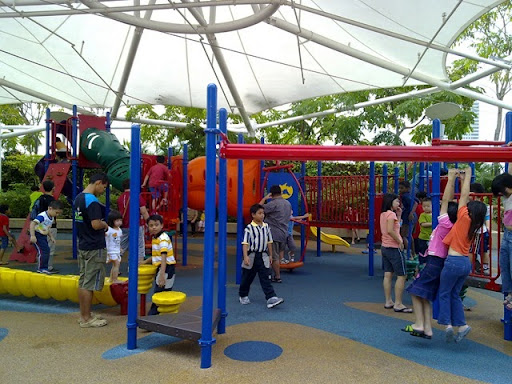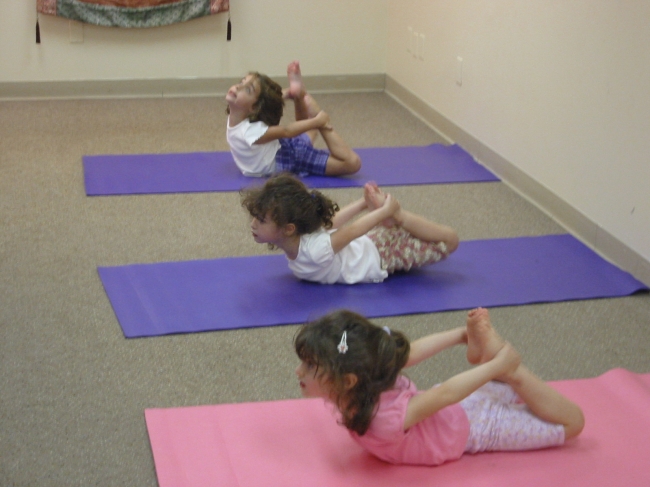
Yoga is one of the most holistic approaches to attain physical strength, mental stability and spiritual enlightenment. In a world of constant distractions, it is necessary to achieve mental balance for better concentration and enhanced reflexes. Children who are in the growing stages require good concentration abilities for grasping the new things that they constantly keep learning. However, developing concentration is not easy and requires patience, perseverance and a calm state of mind. This calmness of the mind can be achieved through certain yoga asanas which if followed properly over a period of time, improve concentration abilities of the children, helping them focus on the work at hand and doing it to their best possible capabilities.
The lotus pose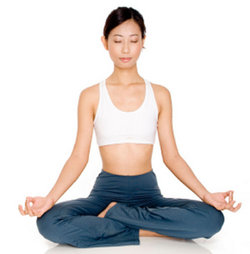
The Lotus pose or the Padmasana has proven to be very effective in improving concentration amongst children as the pose directs the flow of vital energy towards the mind. Sit erect, stretch out the legs. Bend the right leg, placing it high on the left thigh at the juncture of the thigh and hip, keeping the sole of the foot turned upward. Similarly, get hold of the left leg, put it on the opposite thigh such that the heels are opposite to each other. Ensure that both the thighs and knees are pressed against the floor. Place your hands over your legs such that the index finger touches the tip of the thumb. Keep the spine, neck and head erect and in alignment with each other. Close your eyes or concentrate on a single stationary object, chanting a mantra also helps. Breathe slowly, deeply and rhythmically. Practice this asana for about one to two minutes, three to four times a week. Results show within three months of constant practice.
The bridge pose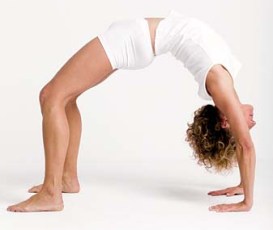
The Bridge pose or the Setu Bandha Sarvangasana has a calming effect on the brain, helps reduce stress and also cures mild depression as it increases the flow of the blood towards the mind. To perform this asana, lie on your back, bend both knees and bring the feet up as close to the buttocks as possible and place them on the ground. The hands should be positioned besides the hip. Keep the spine erect and in alignment with the head. Now inhale and push the pelvis up slowly, with the help of the abdominal muscles, till the pelvis is completely off the ground. Try to keep the pelvis parallel to the ground. Hold this position for thirty to sixty seconds, exhale and return to the original position slowly. Practice of this asana in repetitions of five, three to four times a week has been found to be beneficial. Positive effects such as enhanced memory and better concentration start to show from the initial few weeks and improve more with time.
The tortoise pose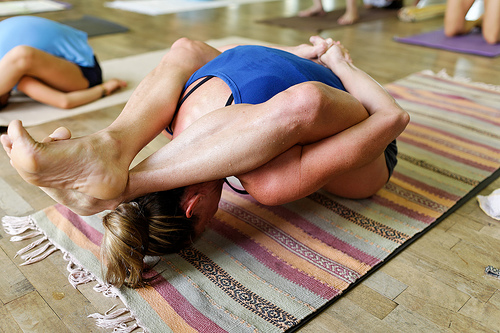
The Tortoise pose or the Kurmasana, is as the name suggests, a pose that resembles a tortoise. It is known to increase self awareness, increase concentration and calm the mind. Sit straight with the legs stretched in front of you and the spine in alignment with the head, place the hands besides the hips. Now stretch the legs as wide as comfortable, bend the legs at the knees and slide your palms beneath the knees. Inhale and slowly bring the shoulders to the floor. Hold this position for thirty to forty seconds. Exhale and slowly return to the original position. This asana increases the flow of blood to the upper parts of the body including the brain, strengthening them in the process. Repeat this asana five times, thrice a week for optimum results.
The shooting bow pose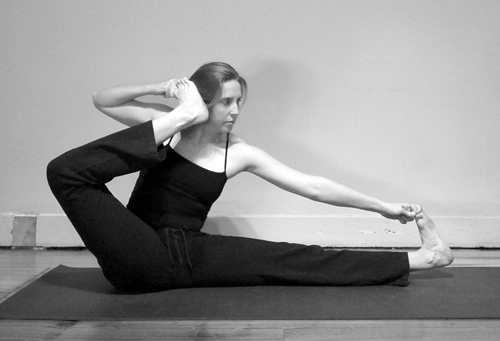
The Shooting bow pose or the Akarna-dhanurasana helps build centered concentration and focuses the vital force of the body inwards. The shooting bow pose is one such pose that ensures complete calmness of the mind and hence it is a very good asana to be practiced by children to improve their concentrating skills. Begin by sitting on a yoga mat, keep the spine in alignment with the head and keep the shoulders pulled back. The legs should be stretched ahead in front of you. Now, hold both the toes with your hands and slowly lift the left leg up to the left ear while still holding the right toe with your right hand. Hold this position for about ten to fifteen seconds, then slowly return to the original position and repeat the same actions with the other hand and leg. Practice this asana in sets of ten, thrice a week for better results.This asana is very beneficial as it concentrates on turning the toes of the feet which leads to the inward movement of vital energy that nourishes the spine and the nervous system.
The warrior pose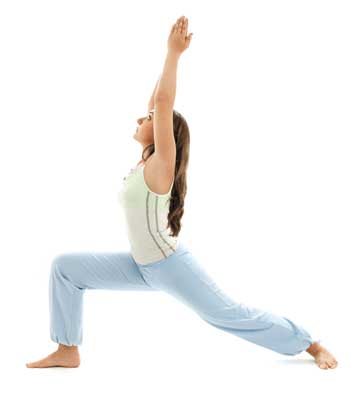
The Warrior pose or Virabhadrasana helps restore a sense of balance and concentration amongst children. This asana helps the circulation of blood to the vital organs of the body and facilitates easy breathing, due to which the blood being circulated is better oxygenated and thus nourishes the brain and its capacity to concentrate better. To perform the
Virabhadrasana, stand straight keeping the body weight equally distributed on both the legs. Now, extend the right leg ahead maintaining the balance of the body, bend the leg at the knees. Join your hands together and move ahead such that the left leg is stretched completely. Now, extend the joined hands upwards and slowly bend back. The spine should be bent properly and the hands should also follow the spine. However, all the other parts of the body should be stable. Hold this position for about ten to fifteen seconds, and then slowly return to the original position. Repeat the same with the other leg and hand. Practice this asana in sets of ten, three or four times a week for improved concentration. Children, if suffering from diarrhea, should refrain from practicing this asana, resuming only when fully cured.
The dolphin pose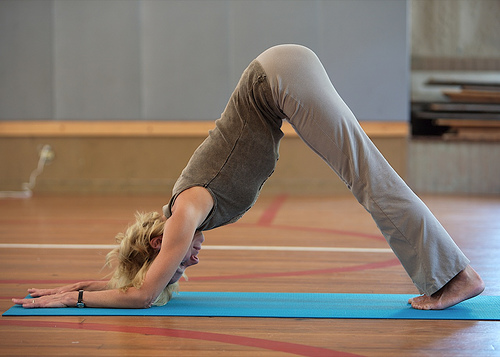
The Dolphin pose or the Ardha-sirsasana helps direct the flow of blood and vital energies to the brain, thus improving concentration and enhancing memory. This pose is considered very helpful for those with wavering attention. Regular practice of this asana helps one focus better on the work at hand. For this asana, stand on all fours keeping the palms and the feet on the floor. Now slowly bend the hands at the elbows while still keeping it aligned with the shoulders. Lower your head to the ground and hold this position for about ten to fifteen seconds. Then slowly return to the original position. Perform this asana in sets of five, thrice a week for developing concentration and enhancing memory.
The headstand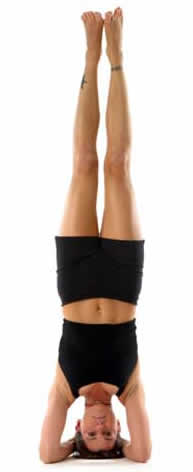
The headstand is one of the most advanced asanas and is also referred to as the king of all asanas. This is because, being a completely inverted form of asana, it directs the flow of the blood towards the brain, thus improving memory, enhancing concentration and improving overall mental health. To practice this asana, begin at the sitting position. Place the palms of your hands on the ground such that they are facing each other turned upwards. Now, slowly lower the head in between the palms, such that it is positioned two to three inches after the hairline, as this has been found to provide maximum support. Now, slowly lift the lower body above the head. Keep the legs bent at the knees at first and only after achieving proper balance straighten the legs. Hold this position for about five to ten seconds, breathing normally all the time. Now, in a manner similar to what was used to lift the body and invert it, come back to the original position. Practice this asana five times a day thrice a week for optimum results. However, it is necessary to exercise caution while practicing this asana as it is a little difficult at the beginning and incorrect postures might lead to injuries.




